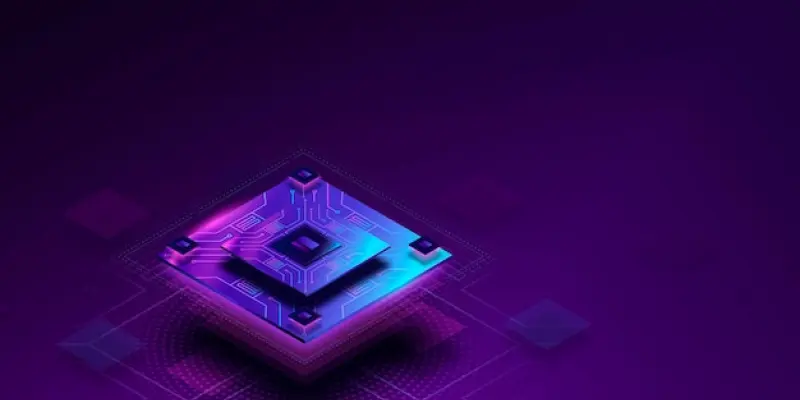In recent developments, users have faced a significant issue with Asrock motherboards affecting AMD’s Ryzen 9000 series CPUs. The problem is not linked to AMD but rather resides within Asrock’s BIOS settings, notably the Electric Design Current (EDC) and Thermal Design Current (TDC) parameters in Precision Boost Overdrive (PBO). These settings were reportedly configured too high, resulting in CPU failures. Even efforts to adjust these settings, such as with the release of BIOS version 3.25, appear insufficient in curbing the failures. Interestingly, some processors, notably the Ryzen 7 9800X3D, continue to experience issues despite disabling PBO. This persistent failure prompts further investigation into Asrock’s approach to providing a comprehensive solution for these complications.
The initial reaction from Asrock pointed fingers at memory compatibility issues. To address these concerns, the company rolled out BIOS version 3.20. Despite this attempt, the problems continued, attracting heightened attention from digital platforms such as Gamers Nexus and Tech Yes City. In response, Asrock extended an offer to repair damaged motherboards, promising to cover shipping fees for customers choosing to return the faulty units via RMA. However, this gesture did not extend to defective CPUs, leaving consumers to manage those returns independently. Asrock’s attempt at remediation thus opened a debate on whether these measures genuinely satisfied or merely placated troubled customers, hinting that perhaps more comprehensive steps are required to resolve the issue effectively.
Persisting Issues with Asrock’s BIOS Solutions
Despite Asrock’s endeavors to amend the current situation through the release of updated BIOS versions and their commitment to covering certain repair-related expenses, a nagging trend reveals that the CPU failures might not be entirely behind them. A lingering dissatisfaction among consumers echoes throughout tech communities. Individuals encountering motherboard and CPU compatibility dilemmas are still left in search of reliable assurances from the manufacturer. Asrock’s explanation provides some insight but lacks the thoroughness needed to fully address the complex nature of the failures. Important questions regarding the trustworthiness of Asrock’s proposals remain unsolved. Thus, prospective buyers are advised to take diligent measures to ascertain BIOS versions and updates when acquiring new hardware—a prudent step to potentially circumvent any looming technical inconveniences.
The narrative surrounding Asrock and AMD motherboards reflects the intricate challenges imposed by advanced technological requirements and customer expectations. It accentuates the need for precise communication and robust solutions. The constant reiteration of BIOS corrections indicates gaps in strategic planning and responsiveness toward consumer satisfaction. Those dealing with ongoing CPU failure concerns are left to seek alternative pathways to resolution either through third-party consultations or self-led troubleshooting. This scenario highlights the significance of cutting-edge innovation aligned with customer-centric strategies in the motherboard manufacturing sphere.
Future Considerations for Consumers and Manufacturers
Recently, users encountered a serious issue with Asrock motherboards impacting AMD’s Ryzen 9000 series CPUs. The problem doesn’t stem from AMD; it lies in Asrock’s BIOS settings, particularly in the Electric Design Current (EDC) and Thermal Design Current (TDC) of Precision Boost Overdrive (PBO). These configurations were apparently set too high, causing CPUs to fail. Even adjustments like BIOS version 3.25 have not effectively resolved these failures. Notably, specific models like the Ryzen 7 9800X3D still face problems even with PBO disabled, suggesting a deeper issue with Asrock’s BIOS management.
Initially, Asrock blamed memory compatibility issues and released BIOS version 3.20 to address them, yet the problems persisted, drawing concern from tech analysts including Gamers Nexus and Tech Yes City. Consequently, Asrock offered to repair the motherboards and cover shipping via RMA but left consumers to handle damaged CPUs on their own. This effort sparked debate about whether Asrock’s strategy genuinely resolves the concerns or merely appeases dissatisfied customers, indicating the need for a more thorough solution.

